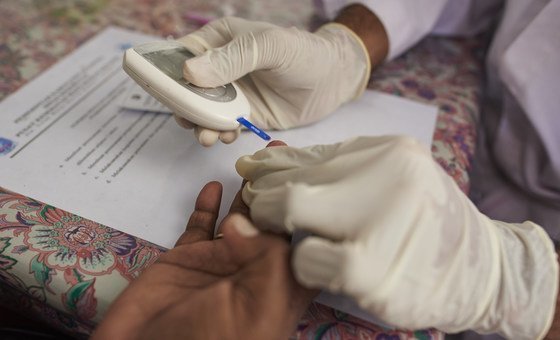Diabetes is high blood sugar levels that can cause serious damage to the heart, blood vessels, eyes, kidneys and nervous system if caught late or not treated properly.
Most cases appear to be ‘type 2’ diabetes, which is often caused by the body’s resistance to insulin. Insulin is a hormone that regulates blood sugar in the body.
According to the study, the incidence of diabetes among adults will increase from 7 percent to 14 percent between 1990 and 2022.
The greatest increase has occurred in low- and middle-income countries, where diabetes rates have risen despite low access to treatment. This trend reflects global inequality.
In 2022, nearly 45 million adults age 30 and older will not have access to needed treatment. It accounts for 59 percent of all adults with diabetes, 90 percent of whom live in low- and middle-income countries.
World Health Organization (WHO) Director-General Tedros Adhanom Ghebreyesus said there has been an alarming rise in diabetes over the past three decades, mirroring the rise in obesity. This problem is deepened by unhealthy food items, lack of physical activity and economic difficulties.
He said that the countries should take quick steps to control the diabetes problem. They must implement policies that support healthy diet and physical activity and provide for diabetes prevention, early diagnosis and treatment.
The study also highlights global changes in diabetes rates. For example, in Southeast Asia and the Eastern Mediterranean region, 20 percent of the adult population aged 18 and over suffers from it.
Diabetes treatment coverage is the lowest in both the region and the African region. Only 4 in 10 adults are able to get glucose-lowering drugs.
To address the growing burden of diabetes, the United Nations Health Organization launched a global monitoring framework to measure prevention, treatment and care efforts.
It has been suggested that better measures can be taken by monitoring some important indicators such as ‘glycemic’ control, hypertension and access to medicines.

